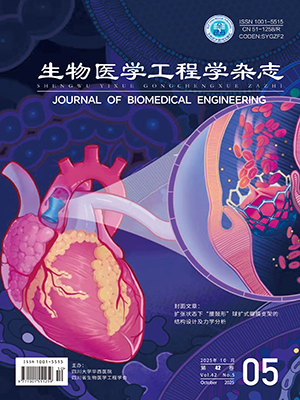It is the functional connectivity between motor cortex and muscle that directly relates to the rehabilitation of the dysfunction in upper limbs and neuromuscular activity status, which can be detected by electroencephalogram-electromyography (EEG-EMG) coherence analysis. In this study, based on coherence analysis method, we process the acquisition signals which consist of 9 channel EEG signal from motor cortex and 4 channel EMG signal from forearm, by using 4 groups of hand motions in the healthy subjects, including flexor digitorum, extensor digitorum, wrist flexion, and wrist extension. The results showed that in the β-band, the coherence coefficients between C3 and flexor digitorum (FD) was greater than extensor digitorum (ED) in the right hand flexor digitorum movement; the coherence coefficients between C3 and ED was greater than FD in the right hand extensor digitorum movement; the coherence coefficients between C3 and flexor carpi ulnaris (FCU) was greater than extensor carpi radialis (ECR) in the right hand wrist flexion movement; the coherence coefficients between C3 and ECR was greater than FCU in the right hand wrist extension movement. This analysis provides experimental basis to explore the information decoding of hand motion based on corticomuscular coherence (CMC).
Citation: LIYunping, LILi, ZHENGXuyuan. EEG-EMG Coherence Analysis of Different Hand Motions in Healthy Subjects. Journal of Biomedical Engineering, 2014, 31(5): 962-966. doi: 10.7507/1001-5515.201400181 Copy
Copyright © the editorial department of Journal of Biomedical Engineering of West China Medical Publisher. All rights reserved




